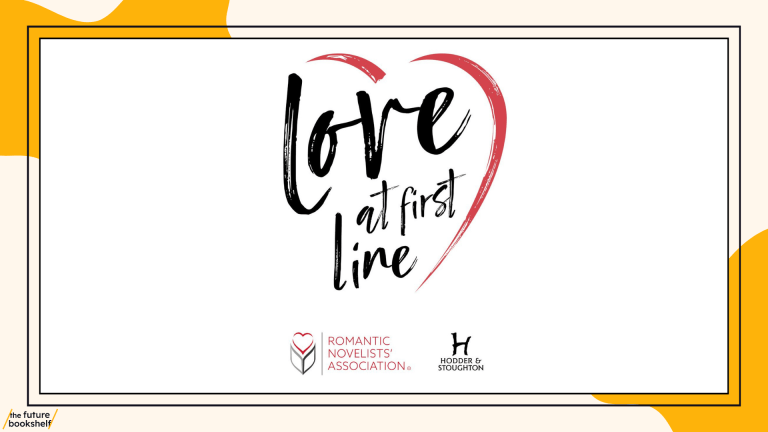‘There must be very high physical stakes for the victim for a crime novel to work’
The four central requirements of crime fiction
from Masterclass: Writing Crime Fiction by Rosemary Rowe
What is crime fiction? There is no single answer and even the classic types of this richly diverse genre – from whodunnit to howdunnit to whydunnit – can be broken down into subdivisions or their boundaries blurred. What matters, though, is that we should care about the characters involved and that there is real jeopardy – which means that there must be violence, usually murder, at the heart of the story.
The four central requirements of the genre:
- It is about a crime – preferably murder
This is the one essential requirement and so important that it must be said again. Your crime must be one with huge physical stakes for the victim. Usually this is murder, although kidnap, violent rape, torture, child abduction and horrific cruelty to animals have all been used, though mostly in crime thrillers, rather than mysteries.
‘There really must be a murder, or at least a major felony – otherwise, what’s the point? Who’s ripping off the hand towels at the Dorchester Hotel is hardly the business of a mystery novel’ Howard Haycraft
Don’t try basing a crime novel on a theft of art or jewels – unless there is a murder in the course of it. Some great writers (Agatha Christie and Conan Doyle) have done it, but not in full-length books. This is the stuff of short stories. For a whole novel mere theft is not enough, even when fabulous treasure is involved.
In particular, don’t base your book on dreadful doings at banks or companies, however much that’s ‘writing what you know’. If you want to air that subject, try a different genre: a factual exposé or social satire perhaps. Financial double-dealing does not stir the blood. It won’t create enough tension to sustain a crime novel – unless there is a murder, and not often, even then.
There must be very high physical stakes for the victim for a crime novel to work.
- The crime is the driving force behind the plot
This does not mean that you are limited and cannot tackle psychological, social or political issues. On the contrary, these may be compelling triggers for a homicide – and sometimes the most chilling butcheries of all are those committed in the name of an idea. Just ensure that the human drama is what drives the narrative. This applies even when the central crime does not actually occur – in psychological thrillers, for example. Here it is the threat or suspicion of the crime that propels the narrative, whether or not it actually happens.
- The crime will out and justice will be done
The conventions of the genre generally require that good overcomes evil in the end, or at least that the lesser of two evils wins. This does not mean that every loose end must be neatly tied up and all peripheral questions answered, as was the fashion once. Nor does ‘justice’ necessarily imply the force of law. In fiction written when hanging was the law, a female or sympathetic criminal was often permitted to escape the noose, for instance by committing suicide. In novels set in other periods (or countries) whose forms of legal punishment seem particularly cruel, a different kind of justice may have to be invoked, so that the punishment seems commensurate to modern Western eyes.
‘The crime novel is the great moral literature of our time’ Jean-Patrick Manchette
Write now
Give yourself a quarter of an hour. Write down as many motives as you can think of for committing murder. Be as specific as you can. Don’t write ‘love’ or ‘jealousy’, write something like ‘Jo abandons her partner Henry and takes up with Fred.’ Free your imagination and let your mind run wild – just keep writing until the time is up. Try to fill at least a page with different ideas.
- The author will ‘play fair’ with the reader
This means that all information necessary to solve the crime (or the rescue in a thriller) should be made available to the reader at the same time as the sleuth. It may be hidden or disguised but it must be there. It should be possible for perceptive readers to work out the solution for themselves – for many this is the whole attraction of the genre.
Outside these general requirements, you have enormous scope. Enjoy exploring your story’s potential.





